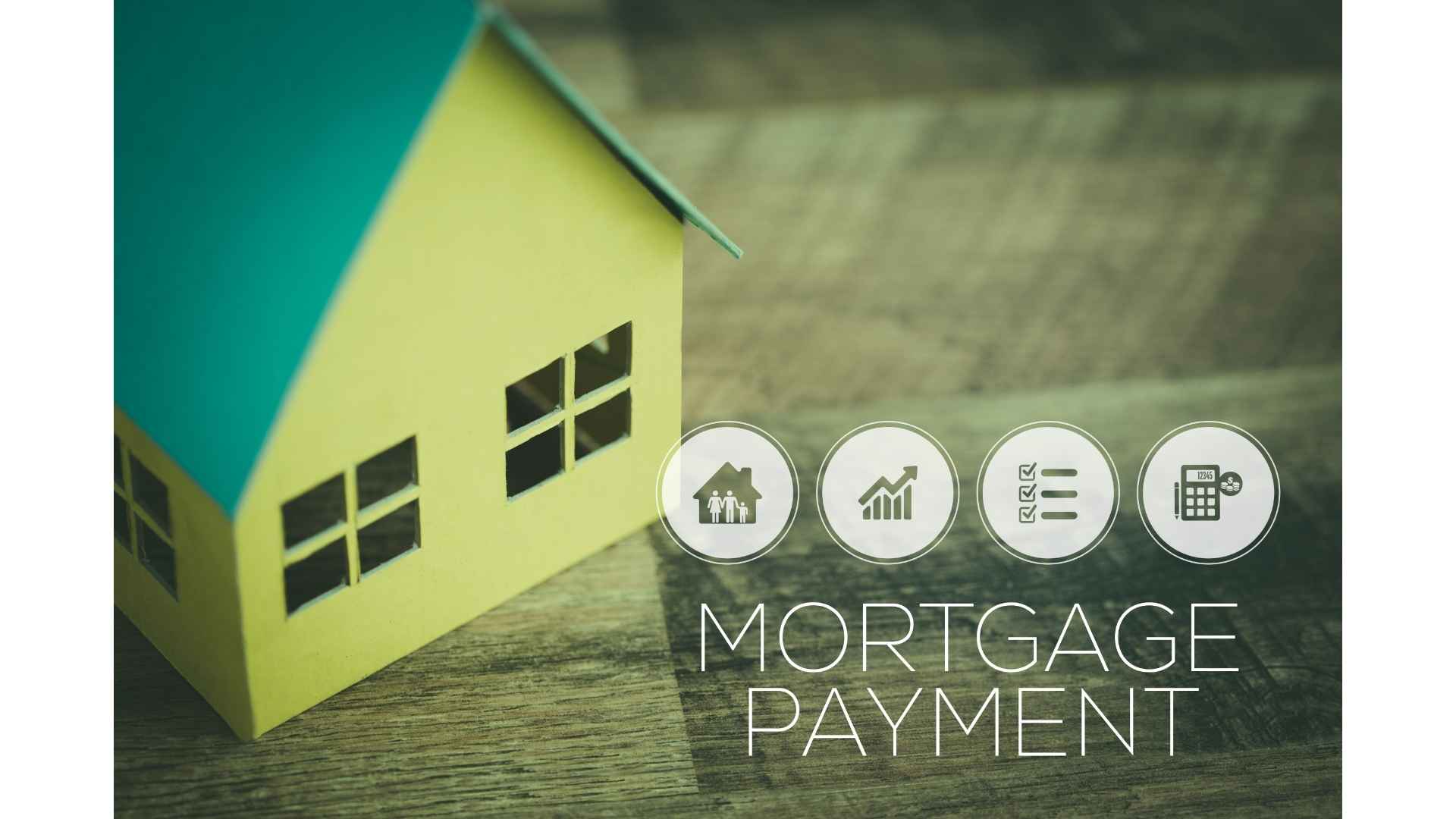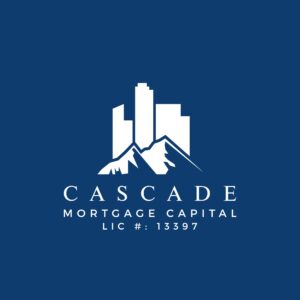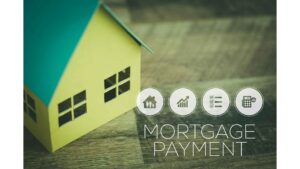Throughout our articles we have focused on educating buyers regarding the process of purchasing a home and qualifying for a mortgage. If you have not already read any of our earlier articles, they may provide a nice primer for today’s focus on affordability. Take a read through our articles Home Buying 101 and Buying a Home and the Mortgage Process for a breakdown on the steps involved and things to consider.
Buying a home starts with the thought of either getting a new home because you’ve outgrown your space, or you’re ready to take the next step in life. It is a major milestone and certainly a moment to be celebrated in your life. However, before we can celebrate, we need to cross some T’s and dot some I’s. One of the first things you’ll need to assess is how much you can afford to spend on this purchase, and with rates going up next year timing will play a big part in this process.
In this piece we will go over a few of the different variables that will help you determine what your price range is, the basis of how lenders will look at your mortgage application and how much they will be willing to lend you. If you’d like to take a look at different borrowing scenarios, you could head over to our mortgage calculator to review different affordability scenarios.
Debt Serviceability (TDS)
Lenders will take a close look at your housing costs as well as your outstanding debt, if any exists. There are a variety of costs associated with housing, and they can add up quickly. These range from property taxes, insurance, heat, hydro, maintenance, the down payment, among other miscellaneous expenses. Lenders will use what is referred to as total debt service (TDS) ratios to assess the amount that they are willing to lend you.
Gross Debt Service (GDS) ratio refers to the percentage of your gross annual household income that you will need to own your home. Remember, gross is all the income your household earns in a year before taxes. Lenders will estimate the annual mortgage payments (principal & interest), property taxes, heating costs and a percentage of any applicable condo fees to assess against. For example, if your household’s gross annual income is $100,000 and it costs $30,000 a year to own the home based on the previously mentioned expenses, you would have a 30% GDS.
Total Debt Service (TDS) ratio refers to the percentage of your household’s gross annual income required to own your home, as well as all the other debts and loans you may have. Essentially, this is your GDS, plus any other monthly payments you have, such as credit card debt, student loans, car payments and even alimony payments. Going back to our previous example, we understand that the GDS is 40%, now let’s add other debts. Assume now that you also have $5,000 a year in student loan expenses and $4,000 a year in car payments, with no other outstanding debts. Based on these numbers you have $100,000 in gross annual household income, with $39,000 in annual expenses. This equals a 39% TDS.
Mortgage Default Insurance
If your down payment is less than 20% you are required to get mortgage default insurance. Lenders have specific GDS/TDS ratio guidelines. Canada Mortgage and Housing Corporation (CMHC), Segan l and Canada Guaranty mortgage default insurance requires borrowers to have a GDS of 39% or below and a TDS of 44% or below. At least one borrower (or guarantor) must have a credit score that is 600 or higher at the time of the request for insurance. CMHC et al, will consider the overall strength of the mortgage loan insurance application, including alternative methods of establishing creditworthiness for borrowers without a credit history.
Mortgage default insurance allows buyers the flexibility of putting smaller down payments on the home they are buying. In Canada, the minimum down payment is 5% of the purchase price for a home valued at $500,000 or less and 10% for the portion that exceeds $500,000. For example, the minimum down payment on a $1,000,000 purchase is $25,000 on the first $500,000 and $50,000 on the second $500,000, bringing it to a total of $75,000.
Creditworthiness
Creditworthiness plays a crucial role in your prospects as a borrower, whether this is for your mortgage, a car loan, a cell phone or a line of credit, your credit score and creditworthiness will be a deciding factor in how much you can get and what interest rate you will pay.
Rest assured, even if your credit score is in the dumps because of a mistake you made in the past, there is a road back to stability and getting the best rates and offers again. It will certainly take work if that is the case, but it is possible.
It is highly recommended that you are aware of what your credit situation is like on a regular basis. You can request a free copy of your credit report from both Canadian reporting agencies (Equifax and TransUnion). It is recommended that you do so at least once a year. This will help you prevent identity theft or fraud from occurring as well as ensuring the information is factual and up to date.
There are a few key factors in determining your credit score, they include credit history, credit card debt and credit reporting errors. Below we will go into each one in more detail.
- Credit history relates to the length of time you have held credit through a specific item, for example a credit card. If you cancel your old card every time you get a new one, what you are effectively doing is eliminating that as a reporting tool and the history that goes along with it. If you are not using older cards because your new cards offer better benefits, the older card may stop updating your accounts. This could lead to it having less weight in the credit formula and becoming less valuable to your story. It is best to use your oldest cards once a month and pay it off in full each time. This will keep the issuer reporting and will show that you have a long history of consistency.
- Credit cards have a more significant impact on credit scores than lines of credit, car loans, etc. it is important to pay your bills on time, but it’s also important to keep your balance low on your credit cards in order to increase your credit score. A best practice to maintain would be to keep your credit card balance below 70% of the limit.
- Credit reporting errors occur, and when they do it is crucial that you go through the process to dispute any mistakes or situations that can harm your credit score. An example of this error could be a cable or internet bill that is incorrect, however the service provider will not fix it. In this scenario, it is advisable to dispute this by bringing it to the attention of the credit bureaus. It is not advisable to let the bill languish as this can be seen as a potential blemish on your file if the credit bureau does not accept your dispute. Pay the bill on time and then dispute it, you may not get a refund, but you could end up with a bill credit with that service provider, this also saves your credit score from taking an additional hit.
Down Payment
It can be daunting to think about how much you need to save for a down payment and how you will get there, but it is certainly worth the effort in order to achieve your goal of homeownership. Once you’re in the homeownership end of things you can now start building wealth by your home appreciation in equity…
In Canada, the minimum down payment is 5% for a home valued $500,000 or less and 10% for the purchase amount exceeding $500,000. For example, a $1,000,000 purchase would require a minimum of $25,000 down on the first $500,000 and $50,000 on the second $500,000 for a total of $75,000.
There are many ways you can go about making this down payment including your savings, investments, RRSPs, a non-repayable gift from an immediate relative, rent-to-own payments above market rent, the proceeds from the sale of another property, borrowed funds and lender cash-back incentives. The borrowed funds will be factored into your TDS and is typically offered to borrowers with favourable credit and repayment history. The lender cash-back incentive is not directly a down payment, however it can allow you to take money you had set aside for closing costs to be used in the down payment as it will be offset later in the transaction process.
As always, the larger the down payment the lower your mortgage payments will be and the faster you will be able to pay it off. This will also lower the amount of interest you are paying over the life of your mortgage. This also frees up more equity so that you have options in the future if you wish to use the equity in your home to purchase a vacation home or an investment property.
Closing Costs
Closing is the day you’ve been waiting for, all that hard work culminating in the purchase of the home you’ve been searching for, but first you must deal with the closing costs. Closing costs include a variety of different fees and charges related to the completion of your mortgage, this includes legal and administrative costs that cannot be rolled into the mortgage. A safe way to prepare for the closing costs would be to set aside 3% of the purchase price as a buffer. Closing costs typically amount to 1-3% of the home’s purchase price. It is always best to save more money than you need, any extra go towards furniture, decor, appliances, renovations or even the lump sum principal payments towards your mortgage.
Your Mortgage Payment
Your monthly mortgage payment is determined based on a variety of factors including the amount, amortization, frequency and the rate. The amount you pay each month consists of two things, the interest and the principal. Early on, your mortgage payment will consist mostly of interest with a small portion going towards the principal. As time goes on the ratio will grow more and more favourable to you as the amount of interest paid goes down and the amount of principal paid goes up. The monthly mortgage payment doesn’t change under normal circumstances, however in some cases, such as in a variable rate mortgage, a change to the interest rate can potentially change your monthly mortgage payments. Your monthly mortgage payments can also change due to a change to the amortization, amount or frequency.
The mortgage amount refers to the purchase price of your home minus the down payment plus mortgage default insurance. The larger the mortgage amount, the higher your mortgage payment.
The amortization period of your mortgage refers to the period of time it is being divided against, not to be mistaken with the mortgage term. The longer your amortization period the lower your payments, but the higher your interest expense will be over the life of the mortgage. A shorter amortization period has higher payments, but a lower interest expense and will be paid off faster. The amortization period is typically 25 years. The term of a mortgage is typically a 5 or 10 year chunk of the amortization period that locks in the terms for that time, for example if you take a fixed rate mortgage you are locking in at that rate for 5 or 10 years depending on the term you select.
Frequency refers to how often you make payments. You could do monthly or weekly payments. The monthly payment will be higher than a weekly payment and a slightly higher interest expense than a weekly payment. Weekly payments enable you to reduce the interest expense because the balance is lower each time the interest compounds, which is typically on a semi-annual and not in advance basis.
The rate refers to the interest rate you are charged on the mortgage. Higher interest rates equate to a larger mortgage payment. You have the choice of a fixed-rate mortgage or a variable-rate mortgage. Fixed will lock in to the same payment each month for the term, and a variable-rate mortgage will fluctuate the principle to interest ratio based on how rates rise and fall.
Now that you’ve educated yourself on buying a home, getting a mortgage, and understanding affordability, you are ready to look for your new home with purpose. You have put yourself in the position to make an informed decision for your future and now you are ready to talk to a licensed Mortgage Broker at Cascade Mortgage Capital.






